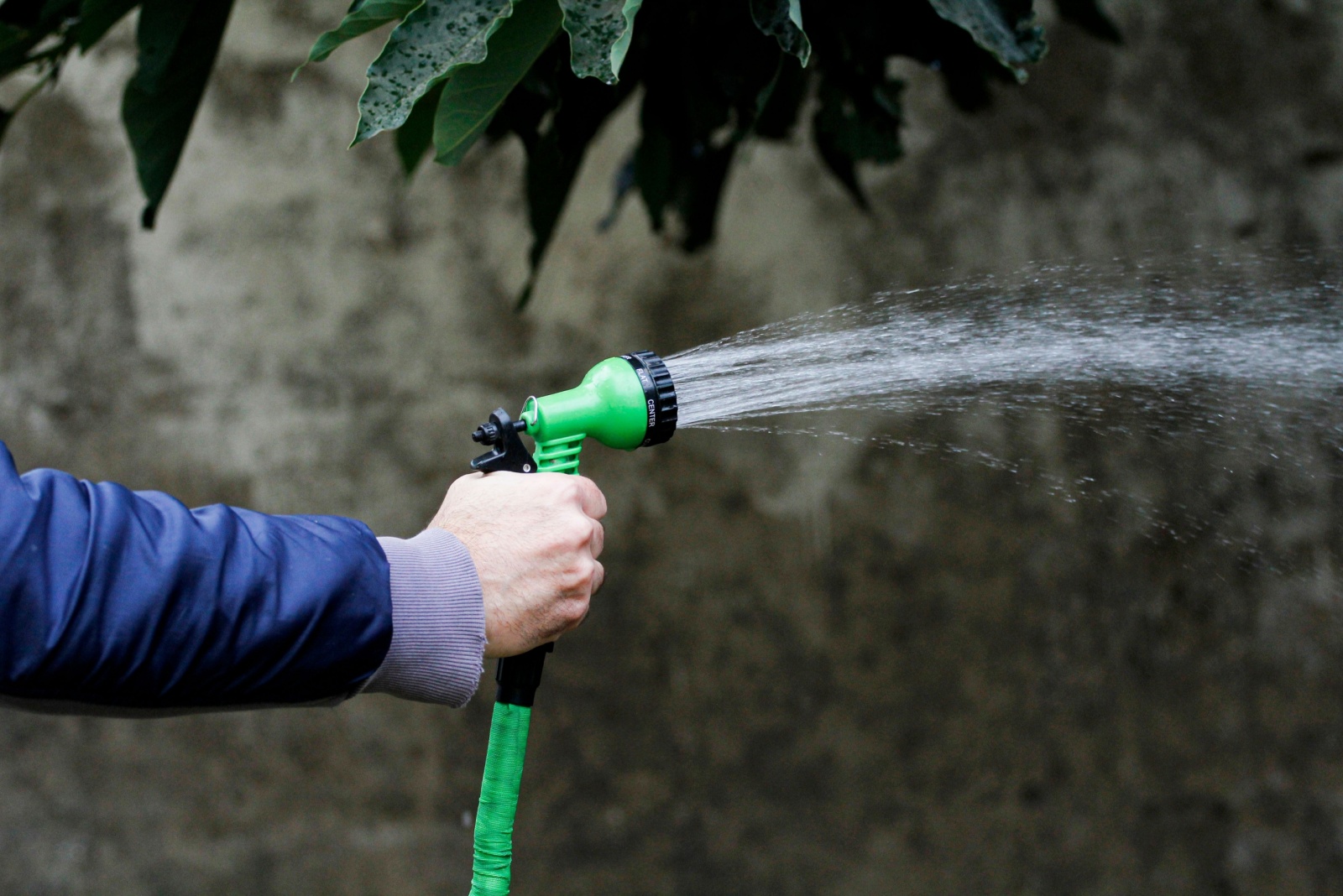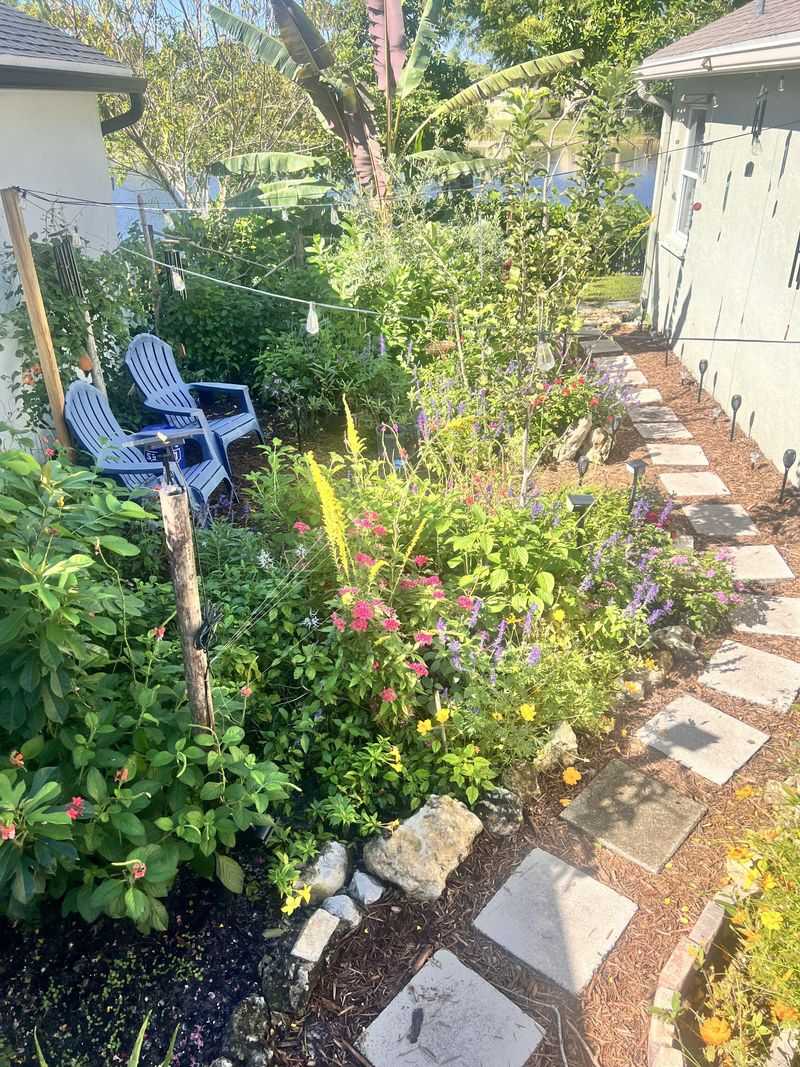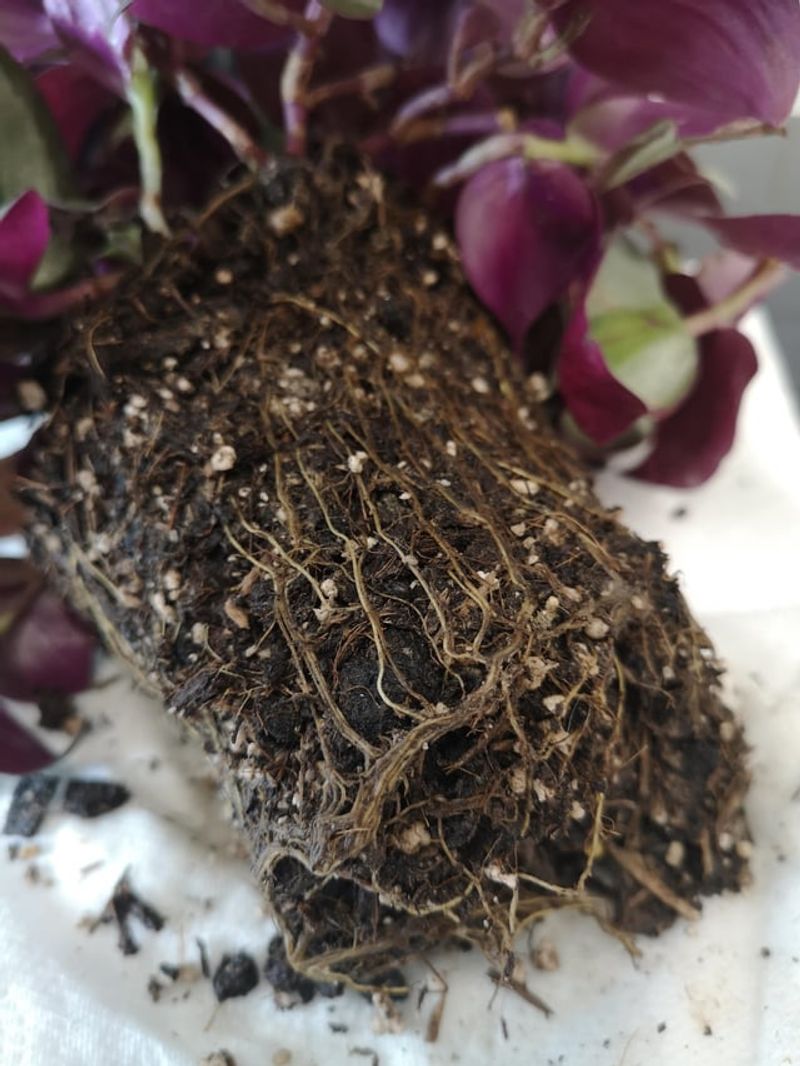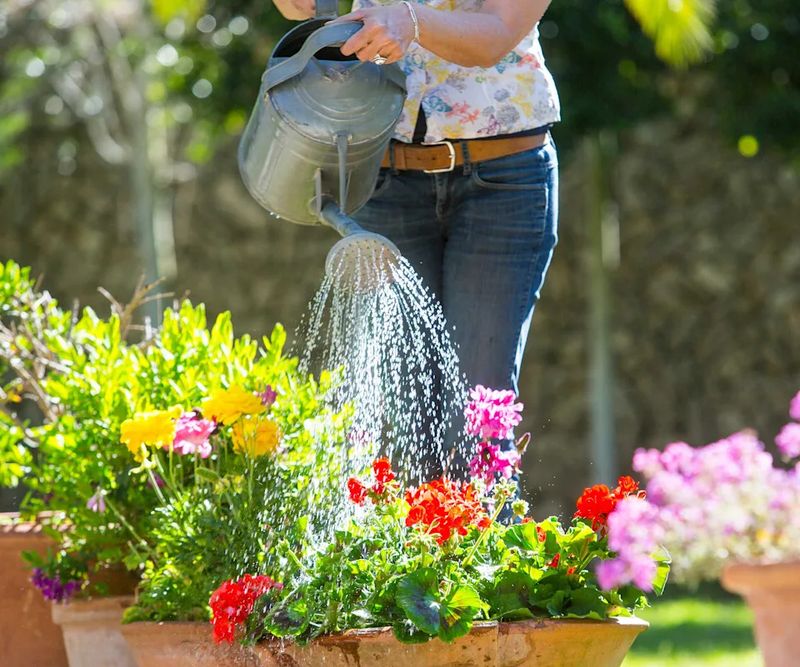Florida winters might seem mild, but your flowers still need special care during the cooler months. Many gardeners make the mistake of giving their winter blooms too much water, thinking they need the same amount as in summer.
This common error can cause serious problems for your plants and ruin your beautiful garden displays. Understanding why overwatering happens and how to avoid it will help your flowers thrive all winter long.
1. Cooler Temperatures Mean Slower Water Evaporation
Winter brings lower temperatures to Florida, even if they still feel warm compared to other states. When the air is cooler, water stays in the soil much longer because it evaporates more slowly.
Your flowers simply cannot drink up moisture as fast during winter months. Plants that seemed thirsty in July might need half the water in January.
Check the soil with your finger before watering. If it feels damp an inch below the surface, wait another day or two before adding more water to your garden beds.
2. Plants Grow More Slowly In Winter Months
Growth rates drop dramatically when temperatures cool down, even in sunny Florida. Flowers put their energy into maintaining what they have rather than creating new leaves and blooms at full speed.
Slower growth means your plants need less water to support their systems. Think of it like this: a car sitting in the driveway uses less gas than one racing down the highway.
Reduce your watering schedule by about half compared to summer. Watch your plants closely for the first few weeks to find the perfect balance for your specific garden conditions.
3. Root Rot Develops Faster In Soggy Soil
Waterlogged soil creates the perfect environment for harmful fungi and bacteria that attack plant roots. When roots sit in wet conditions for too long, they cannot get the oxygen they desperately need to stay healthy.
Root rot spreads quickly and often goes unnoticed until plants start wilting or turning yellow. By then, the damage might be too severe to reverse completely.
Always ensure your garden beds have good drainage. Add organic matter like compost to improve soil structure, and never let water pool around your flower stems for extended periods.
4. Florida Winter Rain Provides Extra Moisture
Many Florida gardeners forget to account for natural rainfall when planning their watering schedules. Winter months can bring surprise showers and cold fronts that dump significant moisture on your flower beds.
Adding extra water on top of rain creates oversaturated conditions that stress your plants. A simple rain gauge helps you track exactly how much water nature provides each week.
Adjust your irrigation system or watering routine based on recent rainfall. Skip watering entirely after a good rain, and reduce frequency during particularly wet weeks to prevent waterlogged roots.
5. Different Flowers Have Unique Winter Water Needs
Not all flowers require the same amount of water during winter months. Pansies, snapdragons, and petunias have different moisture preferences that change with the seasons.
Some flowers naturally tolerate drier conditions, while others prefer consistent moisture without being soaked. Treating all your plants the same way leads to overwatering problems for some varieties.
Research the specific needs of each flower type in your garden. Group plants with similar water requirements together, making it easier to provide the right amount without overdoing it for sensitive species.
6. Morning Watering Prevents Overnight Dampness Problems
Watering your flowers late in the day leaves moisture sitting on leaves and soil throughout the cooler night hours. Extended dampness invites fungal diseases and creates unhealthy conditions for your winter blooms.
Morning watering gives plants time to absorb what they need while excess moisture evaporates during daylight hours. Leaves dry quickly in morning sun, reducing disease risks significantly.
Set your watering schedule for early morning hours, ideally between 6 and 10 AM. Your flowers will stay healthier, and you will avoid common problems associated with damp, cool nighttime conditions in Florida.
7. Container Plants Dry Out Differently Than Garden Beds
Potted flowers behave completely differently from those planted directly in the ground. Containers can drain too quickly or hold water too long depending on pot size, material, and drainage holes.
Winter conditions affect container moisture levels in surprising ways. Pots sitting on concrete patios stay wetter longer than those on grass or mulch surfaces.
Check container soil separately from your garden beds. Use your finger to test moisture depth, and water only when the top two inches feel dry. Ensure every pot has adequate drainage holes to prevent water from accumulating at the bottom.








